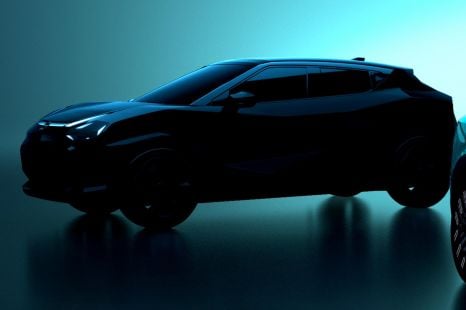

Damion Smy
Nissan Juke EV will use Leaf platform, due in 2026 - report
11 Hours Ago
Will Hyundai's cheapest EV be able to handle Terra Australis? Matt Campbell gets behind the wheel of an early prototype for a first drive.
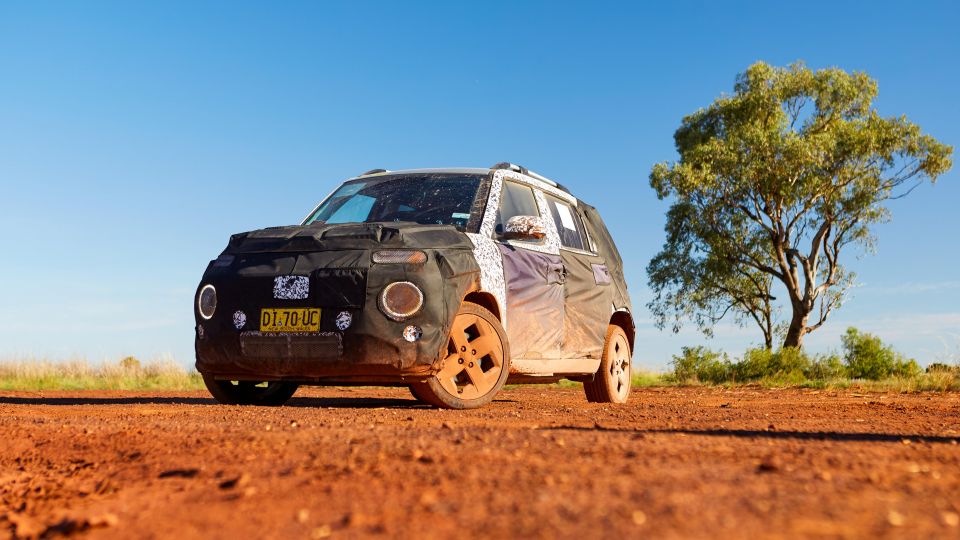
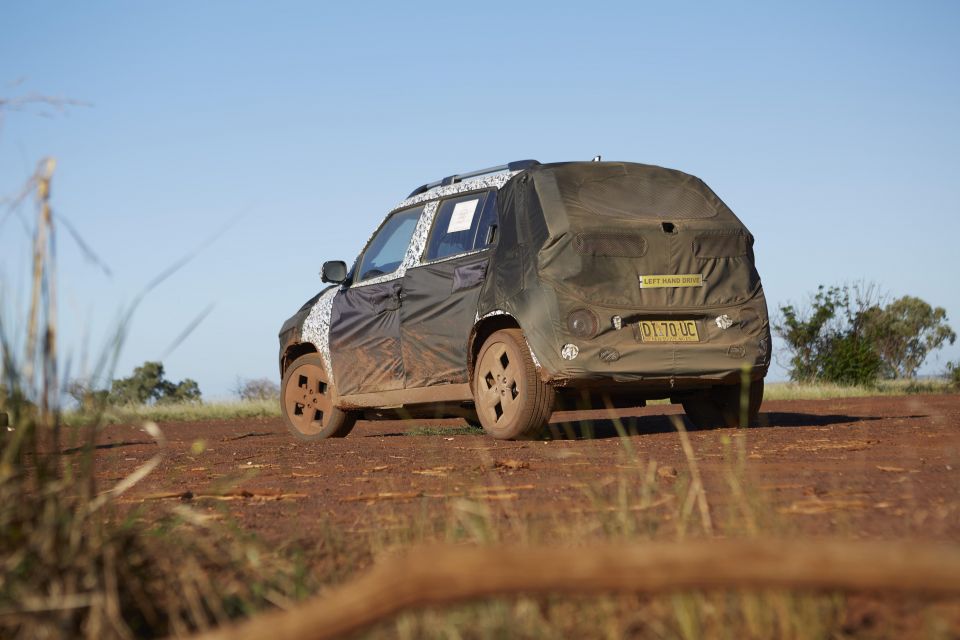

Senior Contributor

Senior Contributor


Senior Contributor

Senior Contributor
Where expert car reviews meet expert car buying – CarExpert gives you trusted advice, personalised service and real savings on your next new car.
January 28, 2024: Latitude -32°28’S, Longitude 148°59’E. Temperature 37°C – not as hot as I’d expected, but it’s still bloody warm out on the runway.

Yes, I said runway. That’s where I got to drive a pre-production, hand-built prototype of the all-new Hyundai Inster electric car – on a very quiet airstrip in (almost) the middle of nowhere.
Ever heard of Bodangora? No?
That’s probably why Hyundai Australia decided to take a few local journalists to have a drive of the Inster. It’s basically just a few houses and an airstrip, about an hour from Dubbo in the Central West of NSW.
The location was chosen because it’s usually blisteringly hot in January, and the Inster was in Australia for its global hot-weather testing program, months before you even knew it was a thing.
Car brands often have vehicles all over the planet for testing ahead of launch, and Australia has been an important player for a number of brands over the years.
Hyundai has been testing vehicles out here for more than a decade, and according to Hyundai Australia senior manager of public relations, Guido Schenken, it’s down to proximity, climate, and the clock.
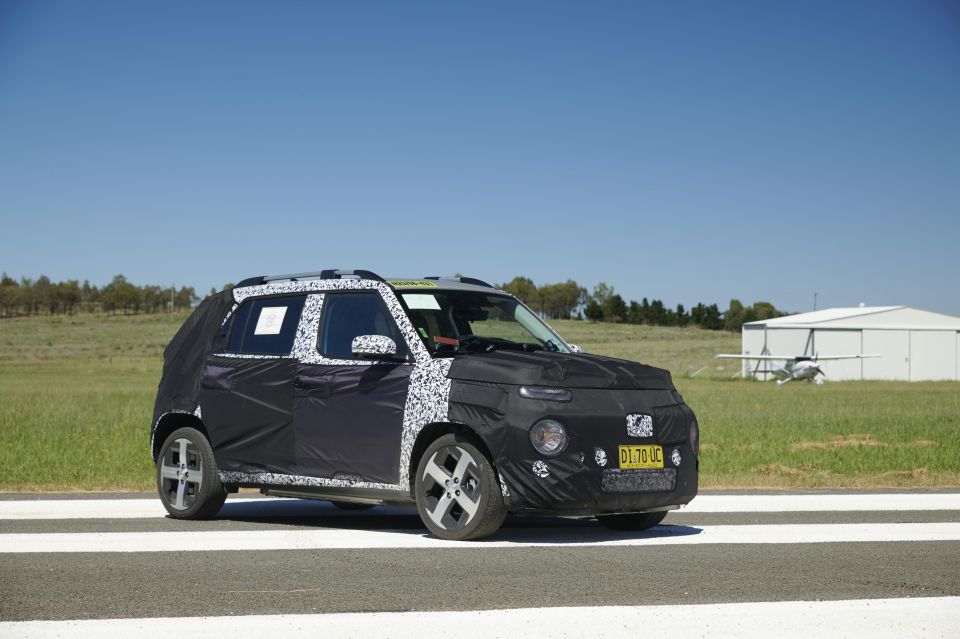
“We’re the primary southern hemisphere hot weather testing location,” said Mr Schenken.
“[The Korean team] like it because of the closeness to Namyang, but also the time zones – so if they are having any issues, or they need to talk back to base, they’re within an hour or two time zone, so it works very well for them.”
The airstrip itself, for this purpose, was considered a private road. And that’s why mugs like me were allowed to get behind the wheel – otherwise, a car like this would be off limits to anyone but Hyundai employees.
Over a four-week period there were eight engineers and a support crew testing the Inster a number of different scenarios, and the main focus was to expose the pint-sized EV to some extreme heat – in the height of summer in these parts, it’s not uncommon for temperatures to hover around 45 degrees Celsius.
The Inster employs a new compact powertrain system, known as an integrated drive unit, which is sourced from transmissions giant Borg Warner.
It’s tech that’s new to Hyundai, so it needed to be stress-tested – while other testing and tick-boxing was being undertaken on the LG-sourced Nickel Manganese Cobalt (NMC) battery packs, which will be offered in Standard Range (42kWh, up to est. 300km WLTP range) and Long Range (49kWh, up to est. 355km WLTP range) configurations.
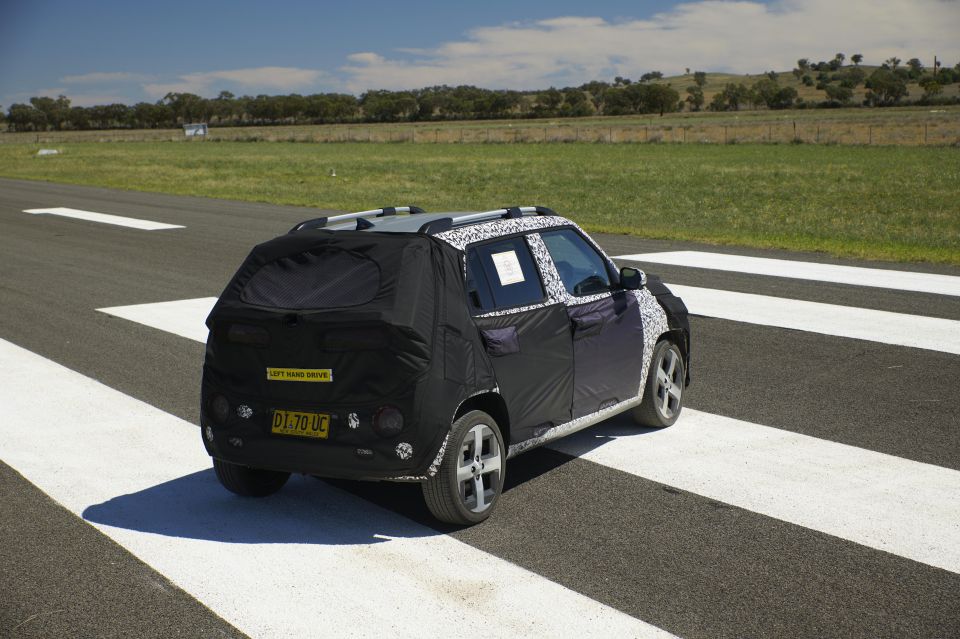
In fact, over a period of four weeks, a team of eight engineers worked day and night with help from the Australian head office support crew, amassing 10,000 kilometres in mixed driving scenarios in the middle of a hot summer.
There were no engineers onsite when I got to see, sit in, and drive the handmade Inster prototype, which was clad in camouflage and coverings to make it inconspicuous to the average punter. But the distinctive Casper shape, exposed design details, tiny size, and distinctive 17-inch wheels give it away.
I was given some scant information about the car itself – that it may not represent what the final product will be; that we don’t yet know the power and torque outputs or charging details; and the only thing that can be divulged is that it weighs about 1350kg.
Suffice to say, driving a compact EV up and down a runway isn’t the best way to get an understanding of it, and if you’re really interested in the Inster you will need to wait for our detailed review of the eventual production model. The Inster will go into production for Australia in November, and due on local shores in the first few weeks of 2025.
But I can tell you that there are some good things about the drive. The test mule had multiple drive modes, and while it wasn’t clear if all of the modes were tuned to their final settings, there was a difference in zippiness from a standstill and during roll-on acceleration.
This is no high-power hero, with 0-100km/h times of 11.7 seconds for the Standard Range and 10.6 seconds for the Long Range – but from a stop up to 50km/h, which is where this will be doing most of its duties, it felt nippy and quick enough.
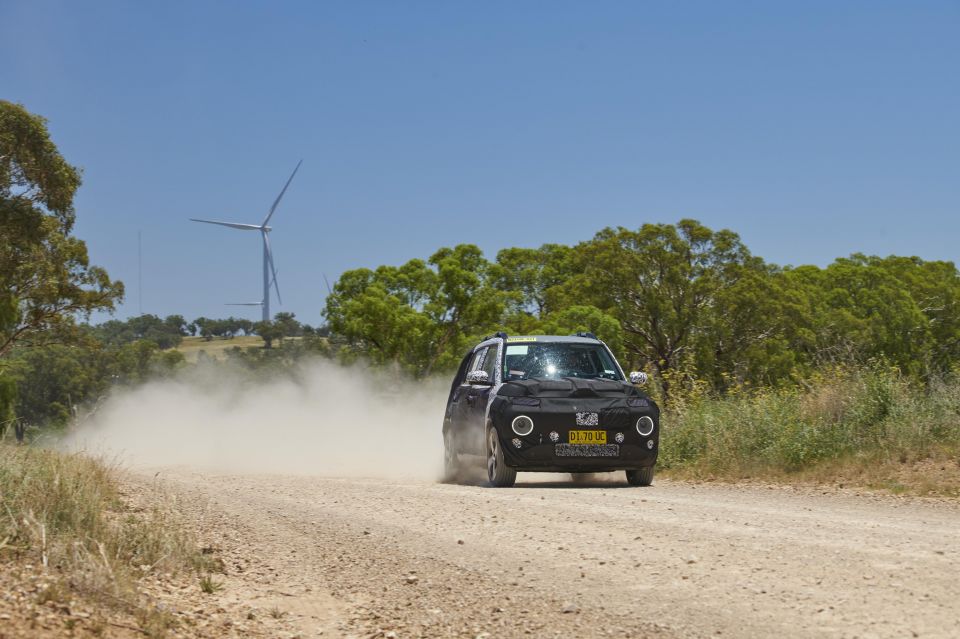
It also had multiple regen braking modes on offer, like a Kona Electric. So, you can essentially tailor the behaviour of the brakes to be more like a conventional car, through to a ‘single pedal’ mode, which seemed assertive enough.
Plus, like other Hyundai EVs, you can use the paddle shifters to adjust those modes, and even hold down the left paddle and the car will come to a complete stop.
Australian cars will also feature a locally-developed ride and handling tune, as has been the case for Hyundai models in years gone by.
The test car didn’t have that, so there’s not much point diving into the details of how it steered as I attempted to create my own chicanes on the runway – it steered fine, people, and the suspension seemed to do its job, though the Bodangora airstrip is very well maintained.
On the surface, then, it looks like it will be a good little thing for the Hyundai lineup – and, provided the brand gets the pricing and spec levels right, it should also be appealing to customers who are already Hyundai fans, and may well draw in new buyers too with its funky design.
So, what about the price?
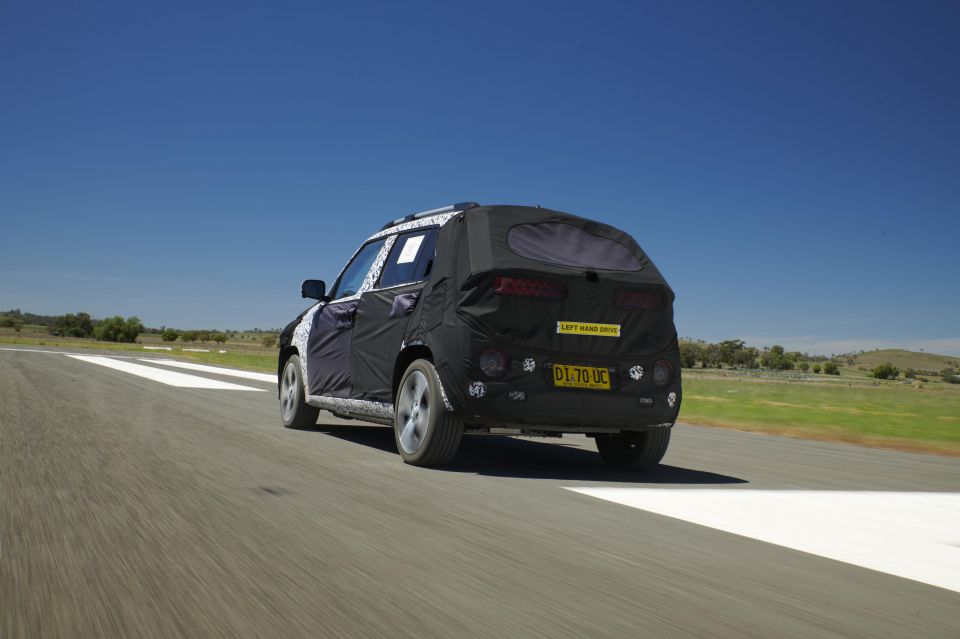
Hyundai’s team has strongly indicated they are looking to hit the $35,000 price point with the Inster in Australia.
One would suggest that might not be cheap enough, given you can get into bigger car like the MG 4 or GWM Ora for similar cash – or, in some cases, less. There are plenty of Oras out there sitting on lots with pricing closer to, or below, $30,000 drive-away.
“We’re actually targeting the price that was announced for Europe, which is €25,000 as an entry price, which is about $40,000 AUD,” said Mr Schenken.
Bill Thomas, general manager of corporate communications for Hyundai Australia, remains optimistic that a lower price point can be achieved, considering the ‘metal for the money’ ratio.
“I think it would be a lot better if we could get it to somewhere like $35,000 AUD,” he said. “I think that $35,000 to $40,000 mark makes a big difference, and the negotiations are going on pretty heavy with Korea on it, but I’m not sure we’re going to get to $35,000 which is a bit of an issue – because it’s [a] pretty small [car].
“It obviously gives us the opportunity to hit a lower price point with the Standard Range, so I think when you’ve got that lower price point, you’ve got something to advertise,” said Mr Thomas. “If you get to a point where you attract people with a low price point, then it might be that they step up to the Long Range when they get to the showroom.”
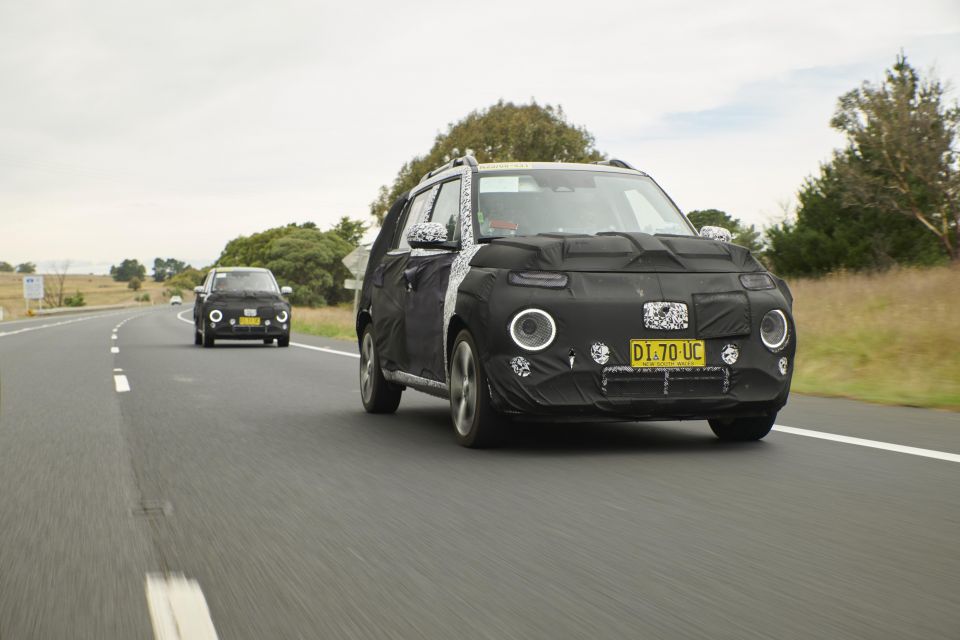
Mr Schenken suggested the brand will offer the Inster in two trim levels, to help try and meet the market at the right money.
“We haven’t gone into production yet, so we’re still deciding on the model lineup. But at this stage we’re probably looking to mirror the Kona – so, two trim grades and then a couple of options. So, an entry model and then the Premium,” he said.
“Traditionally, if you look at our other EV models, we typically only offer the Long Range battery in both trim grades, and then maybe the shorter-range battery only in the entry grade. But that hasn’t been decided yet – but it is one way we could go.”
All of the finer details are still to be worked out, but you can be sure we will bring you the pricing and specs and all the nitty gritty nuts and bolts information that you want to know about the Inster in the coming months.
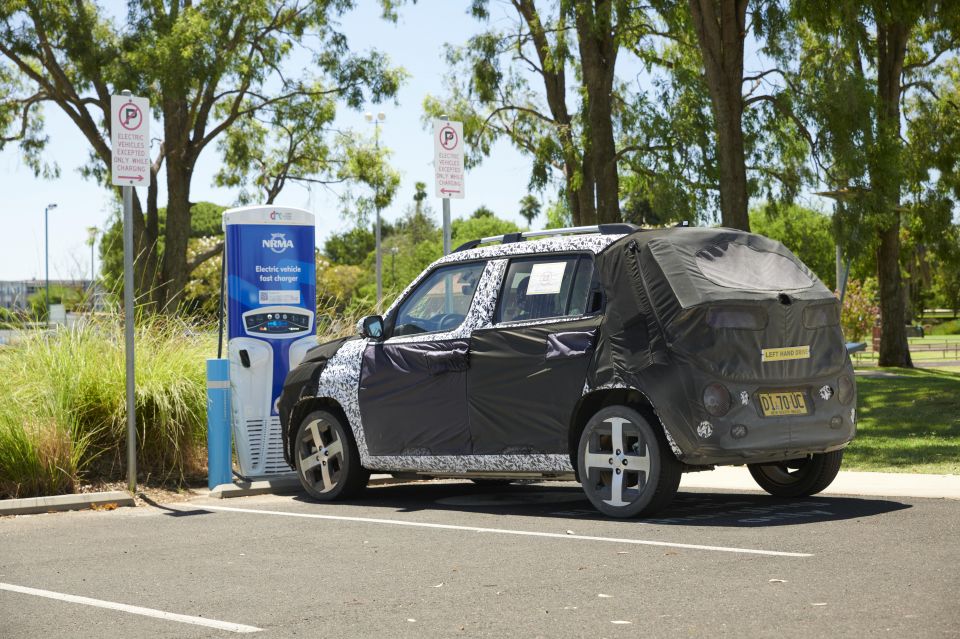
Click the images for the full gallery
MORE: 2025 Hyundai Inster coming to Australia next year MORE: Everything Hyundai Inster
Where expert car reviews meet expert car buying – CarExpert gives you trusted advice, personalised service and real savings on your next new car.
Matt has more than a decade of experience in automotive journalism, and loves exploring the pros and cons of new cars, delving into deep-dive industry stories, and going for a drive just for the fun of it.


Damion Smy
11 Hours Ago
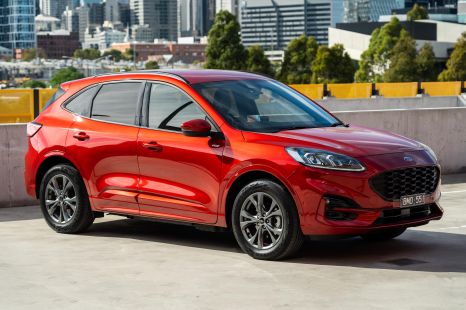

Damion Smy
19 Hours Ago
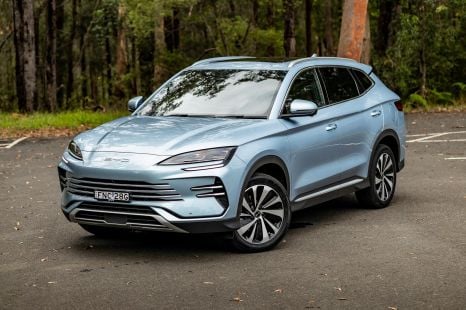

Josh Nevett
20 Hours Ago


Max Davies
1 Day Ago


Ben Zachariah
2 Days Ago
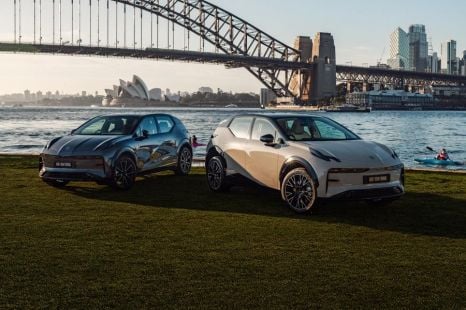

Max Davies
2 Days Ago